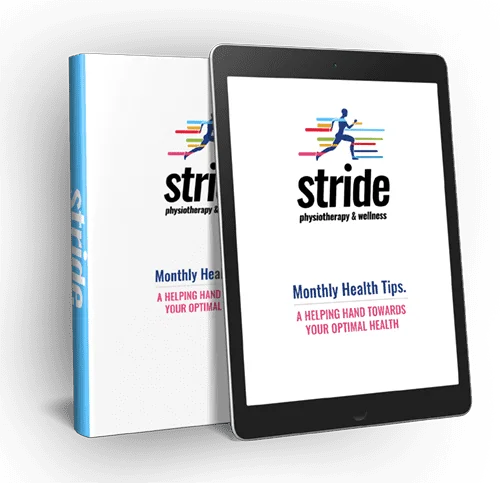Top 5 Tips to Treat Plantar Fasciitis at Home
By: Eric Walper, Physiotherapist
So, your foot hurts and you’ve been told you have plantar fasciitis. Pronouncing that is a pain, let alone knowing what to do. (It’s fa-shee-ai-tuhs, by the way.) So, what now? For many people, plantar fasciitis can be very discouraging due to how disruptive it is to their everyday routine. And the reasons are understandable. Walking is an essential part of life. Trying to walk when you’re in pain is tough.
Plantar fasciitis is a generalized inflammation of the plantar fascia, which is located on the bottom of your foot. The plantar fascia helps to support your foot arch, by acting as a spring as you walk. Factors such as age, stiffness, excess weight, and foot shape can all play a contributing factor to this diagnosis.
I’d be lying if I said plantar fasciitis was an easy injury to treat. It’s about as easy as it is to pronounce at first. While it’s hard to predict why some people recover quickly and others do not, having to move every day is one of the biggest difficulties in recovery. This isn’t exactly doable for a lot of otherwise able-bodied people.
Be that as it may, I still create a treatment plan for patients with plantar fasciitis. This condition doesn’t have to ruin your life. Below are my top 5 tips and strategies to treat plantar fasciitis at home!
Tip #1: Rolling
Grab a hard ball, such as a golf ball or rubber lacrosse ball. Whenever you are watching TV or sitting idle, roll the bottom of your foot out. This is one of the quickest and most accessible ways to treat plantar fasciitis at home!
Tip #2: Stretch Your Calf
Stiffness in the calf and toes can likely contribute to more strain on the plantar fascia. As we get older, it becomes more important to keep these areas warm to prevent inflammation in our arch. As with any good stretch, make sure you hold the stretch for at least 30-60 seconds.
Tip #3: Foot Doming
“Foot what?” Our foot is full of small muscles. It is their role to support and stabilize our arch, as well as contribute to foot alignment. Google foot doming exercises to see how you can begin to toughen up the foot muscles and eliminate your sagging arch or check out our YouTube channel for a video.
Tip #4: Consider Your Footwear
Good footwear is one of the most overlooked aspects when it comes to foot, knee and hip issues. For many people, new pain in the lower body can be related to old or tired running shoes or footwear. Not technically a way to treat plantar fasciitis at home, but at the store instead – think hard about when you last treated yourself to some new shoes and take a good look at the shape your everyday shoes are in.
Tip #5: Physiotherapy Treatment
When all else fails, visit a physiotherapist. Physiotherapists are trained to take a deeper look at your alignment and foot pain. Whether it’s educating you on footwear, reducing stiffness in your calf and ankle, or prescribing specific exercises to help with your plantar fascia, it is our responsibility to find a path that you can navigate on your road to plantar fasciitis recovery!




